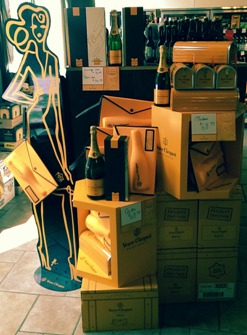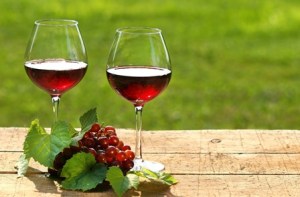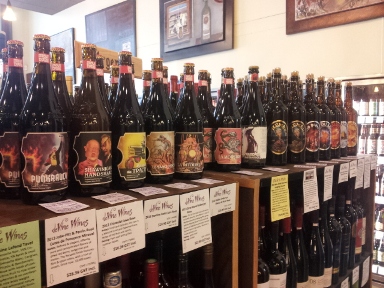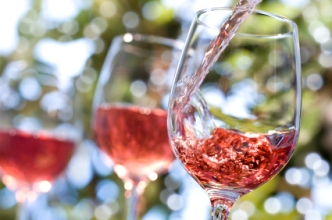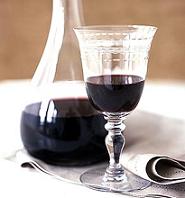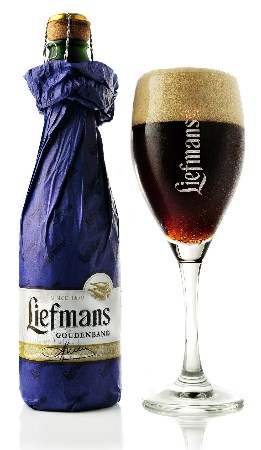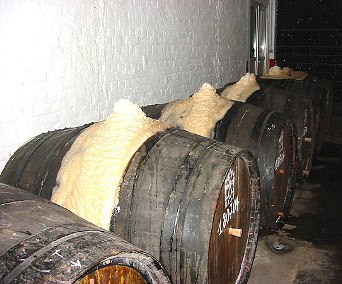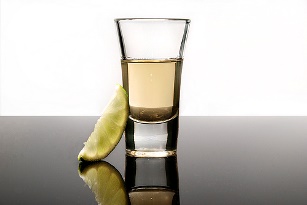 Author: Jim Phelan
Author: Jim Phelan
Agave liquors tequila and mescal are perhaps the single most unfairly denigrated spirits by the North American general populace. The tragic fact is that for many, their experience with tequila begins at a bar, involves a bottle with a worm at the bottom, and ends with the phrase “never again.” Yet for those brave enough, the world of premium tequila and mezcal is well worth a more lucid exploration.
The best place to start is by understanding the difference between tequila and mezcal. A common but not universal mantra to remember is: “All tequila is Mezcal, but not all Mezcal is Tequila.” Both are made from the fermented agave juice. Agave, sometimes known as maguey (pronounced muh-GAY), is a plant from the lily family which many confuse for a type of cactus. There are, however, key differences in production methods, and use of particular plants. Tequila is made specifically from blue agave (agave tequilana) within Jaliso state surrounding the spirit’s eponymous city. Mezcal can be made from up to 28 types of agave, but must contain 100% agave juice, while tequila is only required to contain 51% or more. Thus 100% blue agave tequila is a type of mezcal, as evidenced by its proper name, mezcal de Tequila. Mezcal is also native to Oaxaca, Mexico, generally produced with a traditional, religiously-linked methodology using only basic materials like water and firewood.
The use of firewood in mezcal production instilling a distinct smoky characteristic is the key difference between the two styles of agave spirit. Tequila’s blue agave is either boiled on steamed in above ground ovens to pull out the required juices, while mezcal is smoked and more traditionally roasted using in-ground pits. The roasting also tends to create sweeter and richer aromas and palates in mezcal than tequila.
Unlike mezcal’s distinctive smokiness, tequila’s flavour profiles are often imparted from the amount of oak treatment imparted after fermentation. Tequila blanco (sometimes called joven or abacado) is bottled either immediately or after a maximum of three months in stainless steel or neutral oak barrels. Like the name suggests, blanco tequila is clear with strong and clean blue agave flavours. Reposado tequila (sometimes called madurado) has been aged for up to one year in oak. The next style of tequila, Añejo, features significant oak aging, with a minimum of one year’s aging. Oak treatment adds noticable vanilla and nut elements to the palate.
A common gimmick found in mezcal and tequila alike is placing a “worm” or scorpion in the bottle. These “worms” are actually one of two types of insect larvae found in an agave plant infestation, which of course begs the question why a producer would wish to advertise the poor quality of their harvests. In reality, both the scorpion and worm are nothing more than novelties for the gift market which create interest in certain products. For the most part, serious mezcaliers choose not to place bugs in their bottles, since they distract tasters from the quality of the spirit. Caveat emptor! (Buyer beware!)
The best tequilas are sippers in a snifter glass. The “bar style” method for drinking tequila ice cold with salt and lime are all, again, sideshows which distract from the taste of poor-quality liquors. Premium tequilas and mescals alike are best enjoyed simple and at room temperature to appreciate the full range of flavour profiles which would otherwise be missed.
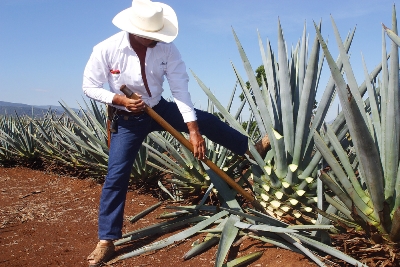
The Agave/Maguey plant has a great amount of meaning to the Mexican people. During cultivation, the plant is allowed to grow for 10 years or longer, and upon reaching maturity it begins to grow a flower stalk. This stalk is immediately cut down, directing the plant’s growth to the central stalk alone, which eventually swells into a massive bulbous flower with sword-shaped leaves. At last ready, the entire plant is cut down and the leaves are removed from the piña (or pineapple), named after the bulb’s similar appearance to the cross-thatched tropical fruit. The giant green and white piña can weigh between twenty five and one hundred pounds. Yet, liquor production is hardly the only use of these sacred plants. As acclaimed American author James Michner writes in his novel Mexico:
“The maguey is a symbol of the Mexican spirit. They are like dancers with beautiful hands. They lend grace and dignity to the land and have always been the symbol of peace and construction. From their bruised leaves were made the paper upon which records were kept. Its dried leaves formed the thatch for homes, its fibers, the threads that made clothing possible. Its thorns were the pins and needles while its white roots provided the vegetables for sustenance. And its juice became the ‘honey’…”
If you’re interested in exploring the world of mezcal further, deVine’s upcoming Tequila tasting on September 6th isn’t to be missed! The sit-down event will be hosted by Canada’s first Certified Mezcalier Eric Lorenz, and will include eight premium mezcals and tequilas. Reading about tequila and mezcal is of course educational, but both are best understood by tasting some of the best liquors available on the market today. More information and pre-registration for the upcoming tasting can be found here..
The lineup for the tasting:
Alipus Mezcal Santa Ana – $67.99
Alipus Mezcal San Baltazar – $67.99
Alipus Mezcal San Andres – $67.99
Alipus Mezcal San Luis – $67.99
Azunia Tequila Platinum – $74.99
